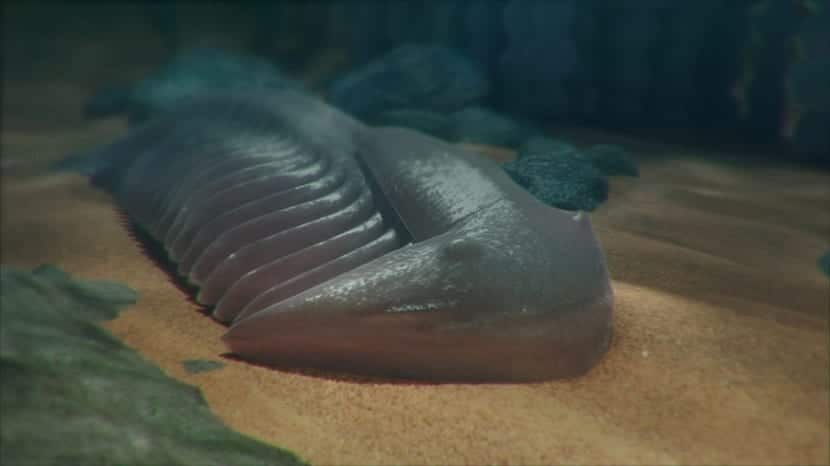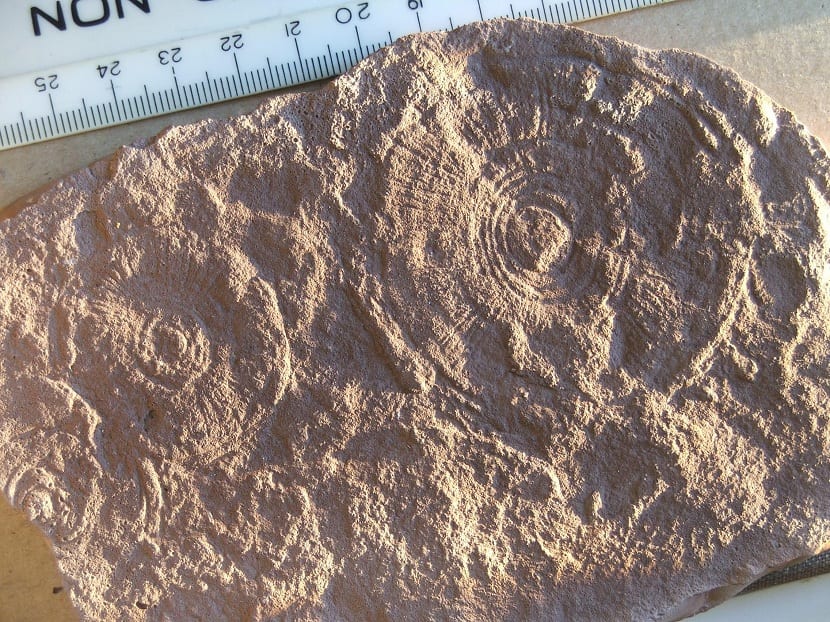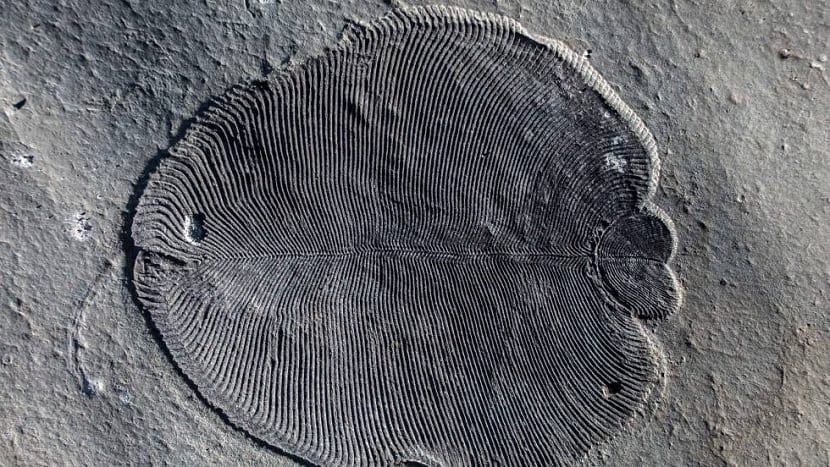
Today we are going to talk about the Ediacara fauna. It is a set of organisms that represent all the species that inhabited the Earth during a geological period known as Ediacara. This period took place about 600 million years ago. It is thought that this fauna may be associated with an increase that occurred at that time in the global levels of oxygen present in the atmosphere.
In this post we are going to thoroughly examine the Ediacara fauna to discover all its secrets.
From

Scientists think that the Ediacaran fauna had its origin in the increase in atmospheric oxygen that occurred 600 million years ago. This fact favored the development of various primitive metazoans that had characteristics in common: body with a very soft texture and various shapes. This fauna has been discovered in the paleontological site found in the Ediacara Mountains, Australia.
The fossil records of this fauna are preserved in various regions of the world. This fauna is representative of an important development in multicellular organisms before the Cambrian explosion. It is one of the first life forms that needed oxygen in the atmosphere so that it could develop. In addition, scientists think that it is a precursor of organisms that have skeletons.
Despite the fact that the Earth had formed 4550 billion years, it was not until the Proterozoic that there was an atmosphere or a transition to an atmosphere with a high oxygen content. Previously, only methanogenic organisms existed, since the concentration of methane in the atmosphere was very high and these organisms had adapted to anaerobic conditions.
The last stage of the Neoproterozoic era is what is known as the Ediacaran period. At the beginning of this geological period is when the oldest multicellular organisms began to develop. These organisms still exist today and are the most primitive that we know of. These are the first sponges and anemones. This geological period began 635 million years ago and ended 542 million years ago.
There are no fossils prior to the Ediacara fauna

One of the explanations that can be given to the fact that there are no fossils of any fauna present before this geological period is that previous living beings did not have collagen. Collagen is a fibrous protein that helps to strengthen the body of the animal and allows it to be preserved over time.
This organic compound only occurs when the oxygen level in the atmosphere is greater than 3%. Hence, collagen was not formed earlier in an anaerobic atmosphere.
There are some theories about the similarity of the Ediacaran fauna and the current forms of fauna. One hypothesis is that most of these animals are the direct ancestors of the species we know today. On the other hand, there is another speculation that the Ediacara fauna has a completely different and isolated evolution. This means that it has no connection with the living beings that we know today. This is the reason why it has been classified in a different phylum known as the extinct phylum Vendozoa.
If evaluations are made of the fossils found, we can see that some species of the Ediacaran fauna are similar to those that lived in the Cambrian. This fact means that, in some way, they can be related to current organisms. One of the most used examples is that of Kimbelerra Cuadrata. It is a species that lived in the Ediacaran period and has a great resemblance to current mollusks.
And, although there are some approaches that seem totally contradictory, the existence of the Ediacaran fauna may be the explanation for the evolution of many of the modern species that we have today.
Key features

The fossils that have been found in paleontological deposits were formed by covering the seabed with mud and fine sand. This is how certain depressions were created in the bodies that are underlying the sands. As it has a high percentage of water, it has decreased in thickness, giving the fossils a more flattened and rounded appearance.
These animals are thought to have lived near sediments found on the shallow continental shelf. This made it possible for them to also inhabit the depths of the continental margins that existed at this time.
De the Ediacaran fossil records have derived organisms that had a soft body. This is thought to be the case, since there are disc shapes formed by concentric ribbed structures. You can also see internal radials or a combination of both.
Another aspect of the fossils is that some were found with irregular and amorphous masses that could have belonged to more primitive structures of the sporophytes.
Extinction of the Ediacara fauna

It is said that this fauna became completely extinct at the end of the Precambrian. The cause was probably due to the heavy grazing of these primitive animals and the variations that the sea level had. Overgrazing caused the extinction of numerous plants that served as sustenance for animals.
However, despite the old belief, it is known from new more recent studies that some Ediacaran species lived during the Cambrian period.
Some of the reasons why all species became extinct are:
- Glaciations: They are intense periods of cold that create barriers for organisms to expand and develop.
- Predation: All organisms in the Cambrian period were predators of microbes. If this predation began during the decline of the Ediacaran fauna, it is probably the main cause of the extinction of many of the species.
- Environmental changes. The great geological, biological and climatic changes that took place at the end of the Precambrian and the beginning of the Cambrian made many of the species unable to adapt to the new environmental conditions.
I hope that with this information you can learn more about the fauna of Ediacara.